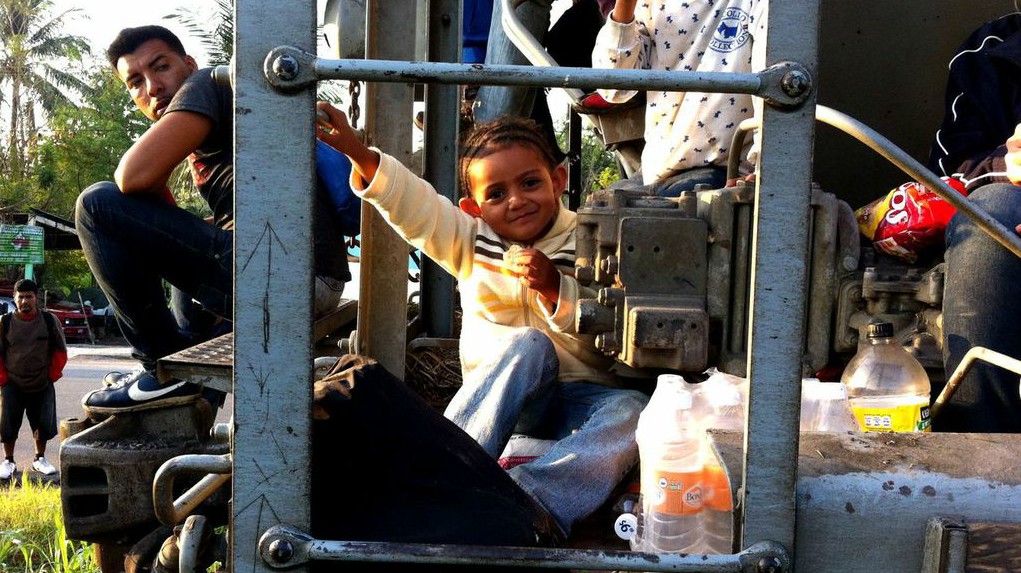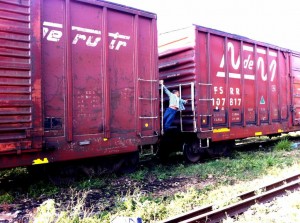Over the course of eight months from October to June of this year, 52,000 child immigrants have endured the long and perilous journey to arrive at the US-Mexico border. Media outlets around the globe released shocking photos, where children, some as young as three years old, slept covered with aluminum foil in overcrowded detention centers. These centers house migrants entering the United States in a prison-like environment before proceeding to either deport them or grant them with permission to legally stay in the country.
Described as a humanitarian crisis by President Obama, the situation has led to diverse governmental and non-governmental responses and a set of proposals for short and long-term solutions. Yet, for the very first time, the dimension of the issue has prompted the important question of the status of these children as migrants or refugees.
According to the UN, a person is considered a migrant when the decision to emigrate “is taken freely by the individual concerned and without intervention of an external compelling factor”. Yet when we consider the driving factors for Latin American migrants, this definition of freedom gets complicated. A recent study from the Institute for Economics and Peace ranked Guatemela, Honduras and El Salvador among the most violent countries to live in. Drug war related violence has led five out of five Hondurans to feel unsafe in their country. Are these children and their families really making a choice to leave or are they escaping from unlivable conditions?
Such profound violence is the legacy of long civilian wars and coups d’état, during which the United States has consistently played a significant role.
In Guatemala, civil war devastated the country for 36 years, after the 1956 CIA-backed coup to Jacobo Arbenz and the consequent armed insurgency. Today, the country of 15 million people has an average of 15 murders per day. Most recently, in 2009, Honduras’s left-wing president Zelaya was overthrown by the military. WikiLeaks cables revealed U.S. involvement in the conflict. Today Honduras has the highest homicide rate in the world. Still, the most violent conflict took place in El Salvador during the 1980 civil war. For 12 years, death squads targeted civilians in another U.S. military backed conflict. Byproducts of the war are today’s gang violence and increasing poverty.
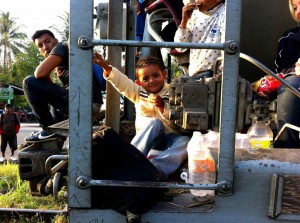
Considering how historical circumstances involving the United States have contributed to, if not caused, the conditions for mass emigration, today the governments of Central American nations and the United States must cooperate to plan short and long-term solutions. Since 2008, the Central America Regional Security Initiative (CARSI) is addressing some long-term/root issues. CARSI aims to combat gang forces by creating a more integrated law system through U.S. financial support. Because the initiative is ambitiously seeking to address violence within Central America, its results might only be tangible in the long term. This collaboration has not yet proven effective.
This recent crisis has caught international attention, in the freight train network, where governments have been spurred to short term action. On June 20th, the White House announced a new partnership with Central America and Mexico, focusing on repatriated citizens and security: “This funding will enable El Salvador, Guatemala, and Honduras to make substantial investments in their existing repatriation centers, provide training to immigration officials on migrant care, and increase the capacity of these governments and non-governmental organizations and provide expanded services to returned migrants.” Furthermore, Mexico and the United States intensified police patrolling and increased control in the freight train network, through which most undocumented migrants travel. Still, no major investments had been directed to detention houses or to the revision of the legal status of the children.
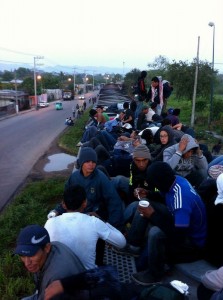
In addition to government response (or lack thereof), a significant number of civilian movements and organizations have taken action and question the status of the children as migrant or refugees. Migrants’ houses have opened, protesters have taken the streets and artists have brought attention on the issue. Their efforts have shown some results. The Inter-American Commission for Human Rights has requested humanitarian visas and asylum from the U.S. government for the Central American children. This would have been impossible if civilians and NGO’s had not first raised their voices.
Migrants face huge risks in transit to the United Stations. Indeed, migrants are often victims of terrible abuses during their journey. Gang criminals and police officials target them for extortion, kidnap, rape and even homicide. In response to such violence, non-governmental migrant houses have done outstanding work by providing a safe space for those in transit. A single house may offer support to up to 7,000 migrants per year.
A mothers-led movement, la Caravana de Madres de Migrantes Desaparecidos (Caravan of Mothers of Disappeared Migrants) has created a committee of migrants’ family members to account for human rights violations. There are an estimated 60,000 migrants who had disappeared after leaving their home countries, the number includes children. The Caravana’s main aim is to reconnect families and to raise awareness of the migrants’ vulnerability to violence.
Political art plays an important role at bringing international attention on this issue as well. The children migrant crisis has not been the exception. Most notably, the 2013 film La Jaula de Oro showed the inhuman conditions in which children migrant travel to the eyes of the public. The film received 57 awards and was screened during the 2013 Cannes Festival.
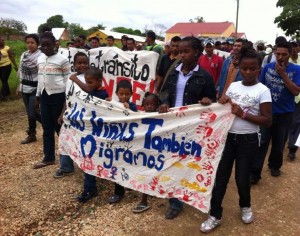
On the opposite side of the spectrum, there are those who focus on the implications of an influx of thousands of immigrants in the United States. On July 2nd, a group of protestors blocked buses carrying immigrants while holding signs that read: “stop illegal immigration.” Whether in favor or against new migration policies, the crisis has certainly created great controversy.
These are the children of the drug war and conflict. As the United Nations has suggested, these children are refugees and not migrants. Violence levels in Guatemala, Honduras, El Salvador and Mexico make the treacherous expedition to the United States their only option for basic freedoms. U.S. has both the means and responsibility to allow child migrants to have a chance at life, even if this means the opening of refugee (not migrant) houses. While governmental and non-governmental responses may provide some assistance in the short-term, only profound structural changes will have the capacity to overcome the humanitarian crisis.
